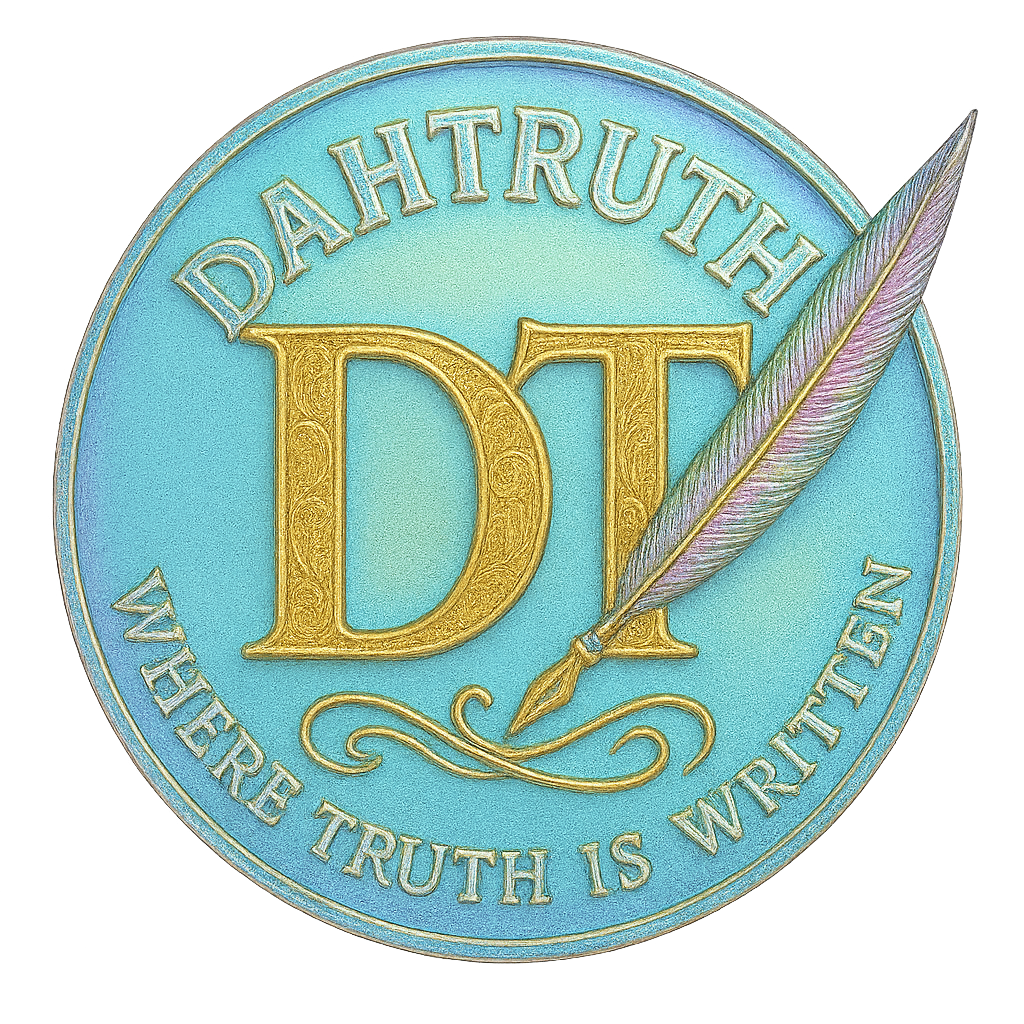WOMEN AT THE WELL
Recently, I watched an episode of Freaky Fridays, a podcast featuring Cam Newton. Cam hosted two Atlanta adult entertainers, India and Diamond. Both women were prominent dancers at the iconic Magic City nightclub, making substantial money without, as they put it, “selling their souls.” There names were featured in prominent Rappers lyrics and their shared stories navigated a space steeped in judgment while maintaining boundaries, even as others around them crossed lines. Listening to them, I was struck by the complexities of their experiences and found myself grappling with what it truly means to be a woman in a world that defines us so narrowly—by our choices, our bodies, and our perceived morality.
Their stories lingered in my mind, stirring reflections that reached far deeper than the surface. What does it mean to be seen? To be valued? Since the days of Adam and Eve, womanhood has often been framed through the lenses of sin and sexuality. Biblical narratives have repeatedly painted women as bearers of both temptation and redemption, creating a tension that has shaped societal expectations for generations.
The story of the Samaritan woman at the well embodies this tension. Standing before Jesus, she brings with her all the weight of her past, her troubles, and her sacrifices. And yet, Jesus sees her. Not just her sin, but her humanity. He acknowledges her pain, her longing, and offers her the ultimate gift of redemption. Isn’t that who we all are? Women, carrying our stories, our burdens, and our hopes, longing to be fully seen and understood.
India and Diamond’s stories remind me of the Samaritan woman in many ways. They too navigate the complexities of judgment and redemption. They’ve carved out freedom for themselves in a system that often exploits the very essence of who they are. And yet, even as they’ve stepped away from dancing, they still hire women to perform at their parties—a nod to their past, but also a reinforcement of the very system they once sought to escape. Is this empowerment, or is it another layer of entrapment?
There’s a paradox in breaking free from something and yet continuing to contribute to it. It’s as if, in escaping the cage, you still find yourself drawn back to its bars. For India and Diamond, this complicity feels like both a reflection of their journey and a reminder of how hard it is to leave certain systems behind.
Cam Newton’s perspective added another layer to this complexity. As he spoke about strip clubs—his money thrown around, the naked women dancing before him—there was a hint of glorification in his tone. For him, these spaces are arenas for power and performance, a place to display wealth and indulge in the spectacle. But for the women in those spaces, it is something far more intimate. It’s their essence, the sacredness of their bodies on display, reduced to a transaction. This tension—between what women give and what men take—remains at the heart of the conversation.
In moments like these, I think about the blood. Between women and men, between exploitation and liberation, there is always the blood. Biblically, blood signifies life, the ultimate symbol of humanity and sacrifice. For women, it is deeply tied to identity—the blood of creation, the blood of pain, the blood that sustains life itself.
When men like Cam get so close to the essence of who women are, it is the blood that still separates them. It is the unbridgeable gap between seeing a woman as a whole being and reducing her to an object of desire. The blood demands reverence, but too often, it is ignored in favor of the spectacle.
India and Diamond’s stories resonate deeply with me because they are part of my generation—the Hip Hop generation. We were shaped by the beats, the lyrics, and the culture that celebrated both triumph and struggle. It was a world where survival meant finding your voice, your hustle, and your way forward, even when the odds were stacked against you.
Their paths and mine are vastly different, but what strikes me is how, in the end, our roads often cross and recross. No matter where we started or how far we’ve come, we all find ourselves in the same place: searching for redemption, for love, and for the assurance that we are seen. We carry our baggage—some visible, some buried deep—and yet, like the Samaritan woman, we stand before God, hoping He sees beyond our mistakes and choices. We pray that He sees our hearts, our sacrifices, and our humanity.
What I see in India and Diamond’s stories is a reflection of this generation’s longing. We all want to be seen, not for what we’ve done but for who we are. Their stories remind me that the road to freedom and redemption is not a straight path. It loops back on itself, weaving through moments of empowerment, complicity, and, sometimes, painful realizations about the systems we thought we had escaped.
But through it all, we keep praying. We keep hoping. And we keep trying to find our way back to ourselves, back to love, and back to the God who has seen us all along.

